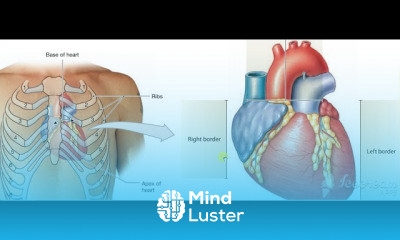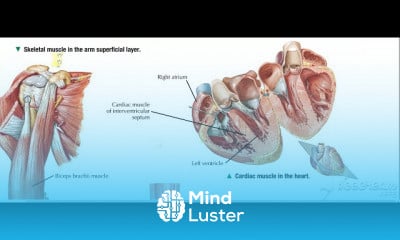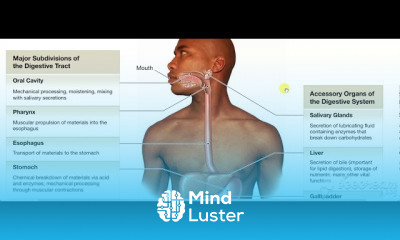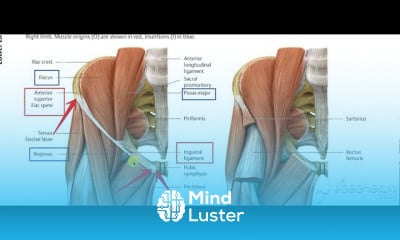Latismuss dorsi 2
Share your inquiries now with community members
Click Here
Sign up Now
Lessons List | 14
Lesson
Comments
Related Courses in Medical
Course Description
The relevant anatomy of the spinal nerve-muscular innervation of the back is centered around the lumbar spinal nerves, peripheral nerves of the lumbar plexus, spinal cord, and lumbar vertebral column. Within the lumbar region, the vertebral bodies are larger than in the thoracic and cervical regions due to the lumbar spine being designed for weight-bearing purposes. In general, the spinal cord consists of gray and white matter. As in the brain, the gray matter of the spinal cord contains the cell bodies; and the white matter of the spinal cord contains myelinated tracts. The gray matter of the spinal cord is found the central aspect of the spinal cord in the shape of the letter H. Immediately surrounding the spinal cord is the pia mater, with the subarachnoid space overlying the pia mater, the arachnoid mater overlying the subarachnoid space, and dura mater at the outermost layer, adherent to the spinal column.
Cerebral spinal fluid (CSF) is present in the central canal of the spinal cord in the center of the gray matter. Cerebral spinal fluid is also present surrounding the spinal cord, in the subarachnoid space and surrounding the spinal nerves. There are five lumbar vertebral bodies, five lumbar spinal nerves, and five lumbar spinal segments. The adult spinal cord terminates at the L1 or L2 vertebral level. The terminal aspect of the spinal cord is the conus medullaris, and immediately inferior to the spinal cord is the cauda equina. The cauda equina is a cordlike structure composed of thickened and elongated nerve roots that occupy the spinal canal. The cauda equina attaches to the mid-sacral canal at approximately the level of S2. Spinal nerves exit the spinal cord via the intervertebral foramen bilaterally at the lateral aspects of the vertebral column. Spinal nerves secure in place by thickenings in the pia mater, forming thin ligaments called denticulate ligaments. Denticulate ligaments attach to the arachnoid and dura mater stabilizing the position of each spinal nerve roots within the vertebral column
Trends
Graphic design tools for beginners
Web Design for Beginners
Graphic Design Basics
Graphic Design | Photoshop
Advanced Logo design methods
Accounting
Customizing type for logos
Figma for UX UI design
UX design career in 2025
Web Design 101 Free Full Course
Web Design Using HTML CSS
Logo Design
Financial Accounting
Best zoology books
Make money as a freelance designer
Biology
Accounting Finance course
Figma Signing Up and Signing In
Web design basics
Logistics and Supply Chain Management
Recent
Bioinformatics basics
Bioinformatics databases
Vitamin A to Z tablets
Best zoology books
Best cream for piles pain
Laser surgery for piles
Best cream for piles
Anal fissure treatment
Best antibiotics for diseases
Antibodies structure
Macrophage structure
Drosophila genetics
Diagnostic tests
Bioinformatics
Genetics
Gene therapy
Kidney structure
DNA replication and types
Bacterial cell structure
Parasite structure


















